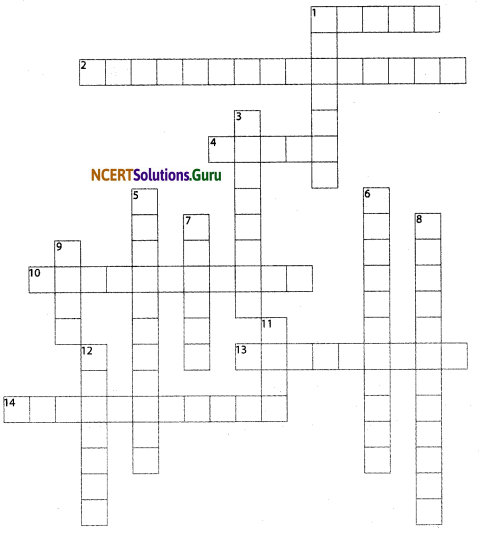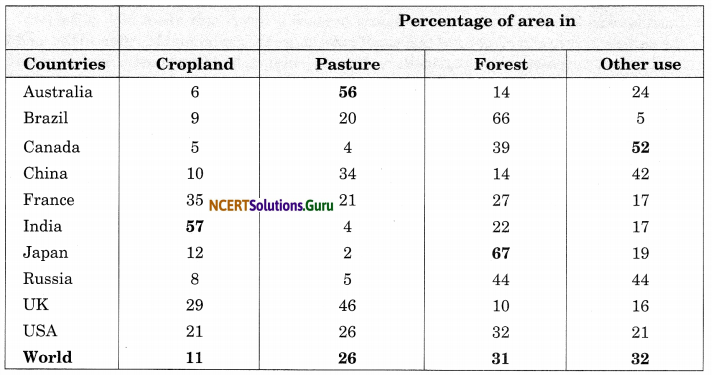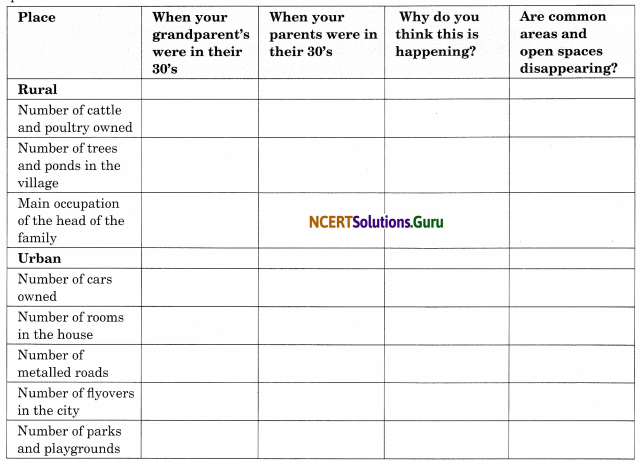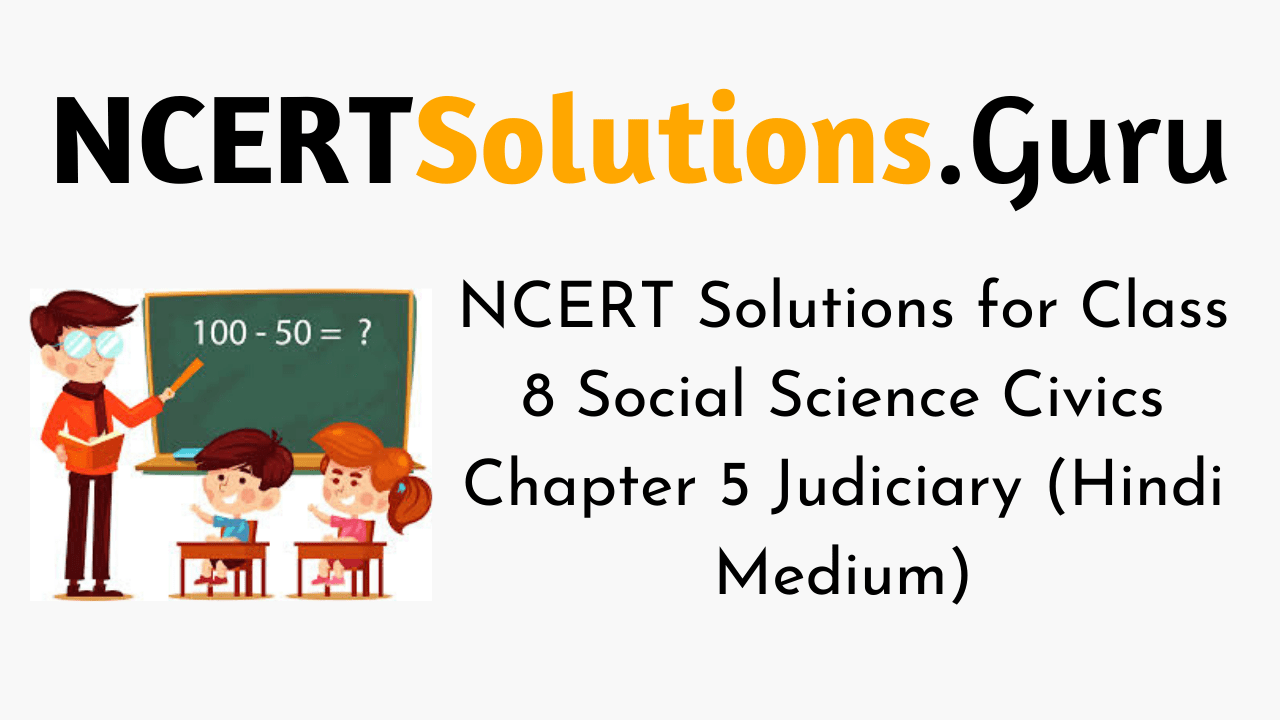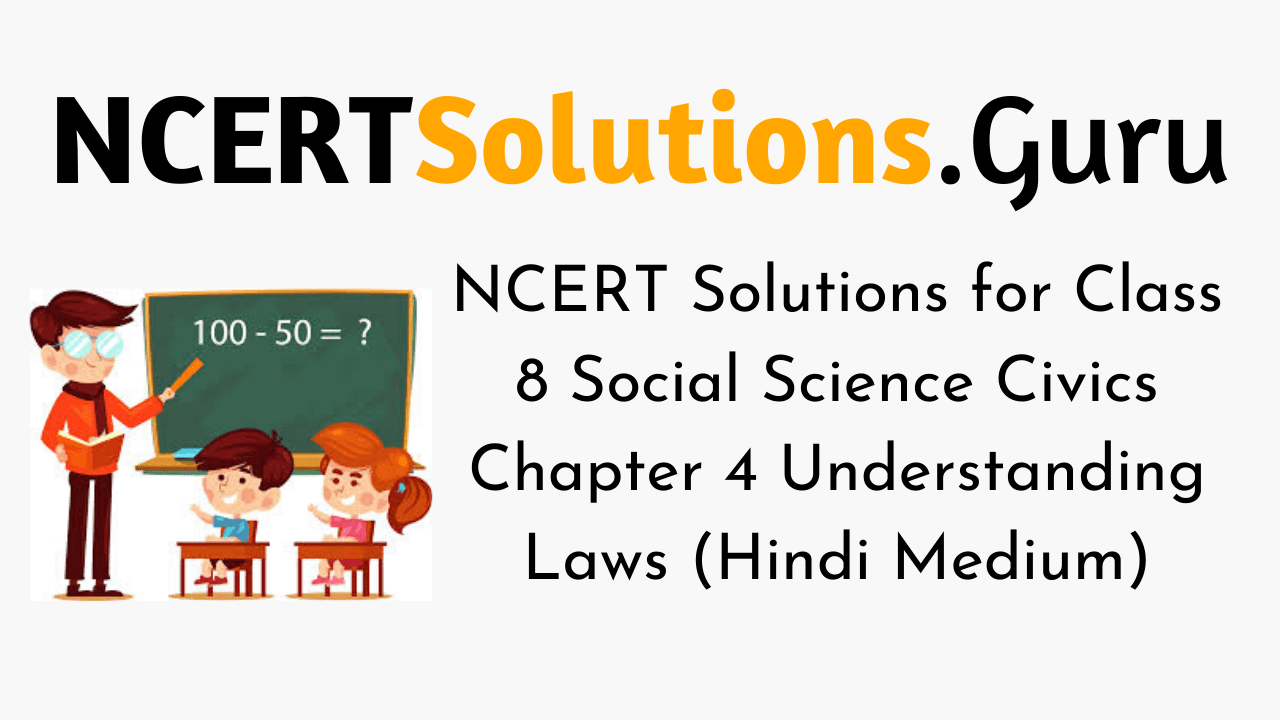From Trade to Territory Class 8 Questions and Answers Provided helps you to answer complex Questions too easily. You can use them while preparing for board exams and all of them are given by subject experts. Reading NCERT Solutions for Class 8 Social Science History Chapter 2 From Trade to Territory familiarizes you with the kind of questions appearing in the board exams. Students are advised to read these solutions on a regular basis to score well.
From Trade to Territory Class 8 Questions and Answers History Chapter 2
Make your learning experience enjoyable by preparing from the quick links available on this page. Use the Class 8 SST History Chapter 2 NCERT Solutions and get to know different concepts involved. All the Solutions are covered as per the latest syllabus guidelines. Knowing the NCERT Class 8 History Chapter 2 Questions and Answers helps students to attempt the exam with confidence.
History Class 8 Chapter 2 NCERT Textbook Questions and Answers
Let’s Recall
Question 1.
Match the following
| Column I | Column II |
| 1. Diwani | (a) Tipu Sultan |
| 2. Tiger of Mysore | (b) Right to collect land revenue |
| 3. Faujdari Adalat | (c) Sepoy |
| 4. Rani Channamma | (d) Criminal Court |
| 5. Sipahi | (e) Led an anti-British movement in Kitoor. |
1. (b) 2. (a) 3. (d) 4. (e) 5. (c)
![]()
Question 2.
Fill in the blanks.
(a) The British conquest of Bengal began with the Battle of ………….
(b) Haider Ali and Tipu Sultan were the rulers of ………….
(c) Dalhousie implemented the Doctorine of ………….
(d) Maratha kingdoms were located mainly in the part of India…………..
Answer:
(a) Plassey
(b) Mysore
(c) Lapse
(d) western
Question 3.
State whether True and False.
(a) The Mughal empire became stronger in the 18th century.
(b) The East India Company was the only European the Company that traded with India.
(c) Maharaja Ranjit Singh was the ruler of Punjab.
(d) The British did not introduce administrative changes in the territories they conquered.
Answer:
(a) False
(b) False
(c) True
(d) False
Let’s Discuss
Question 4.
What attracted European trading companies to India?
Answer:
European trading companies were attracted to India:
- Because of the availability of fine qualities of cotton and silk produced in India.
- Pepper, cloves, cardamom and cinnamon were in great demand in Europe. Therefore, the Indian spices also attracted the European companies the most.
![]()
Question 5.
What were the areas of conflict between the Bengal Nawabs and the East India Company?
Answer:
The areas of conflict between the Bengal Nawabs and the East India The Company were as mentioned:
(i) After the demise of Aurangzeb, Bengal Nawabs asserted their power and autonomy, they denied and refused to grant concessions to the Company.
(ii) Nawabs asked for the large tribute for the Company’s right to trade.
(iii) Nawabs also denied for the Company’s right to mint coins.
(iv) Nawabs even stopped the Company for extending the fortifications.
(v) Nawabs accused the Company of deceit and claimed that the Company was depriving Bengal government of huge amounts of revenue and undermining authority of Nawab by refusing to pay taxes, writing, disrespectful letters and trying to humiliate the Nawabs and officials under Nawab.
- From Company’s side, the Company declared that unjust demands of local official were ruining the trade of the Company.
This whole process led to confrontation and conflict between the Bengal Nawabs and the East India The Company.
![]()
Question 6.
How did the assumption of Diwani benefit the East India The Company?
Answer:
Appointment of the Company as the Diwan by the Mughal emperors in the year 1765, allowed me Company to use the vast revenue and resources of Bengal. The assumption of Diwani benefitted the Company in many ways:
- The Diwani allowed the Company to exploit the vast revenue of Bengal by expanding their trade as before the Company had to buy most of goods in India with gold and silver imported from the Britain.
- Diwani assumption slowed or we can say stopped the overflow of gold from Britain.
- Revenue obtained from India could now finance the expenses of the Company.
- By using the revenue, the purchase of cotton and silk textiles in India was possible.
- The revenue helped the Company by maintaining its troops and meeting the cost of building offices at Calcutta.
Question 7.
Explain the System of ‘subsidiary alliance’?
Answer:
The subsidiary alliance has terms according to which Indian rulers were not allowed to have their independent armed forces. States were protected by the Company and in return they had to pay for the forces appointed tor their protection. In case if the Indian ruler failed to make payment for the subsidiary force’ then part of their territory was taken away as penalty.
Example
- Nawab of Awadh was forced to give over the half of his territory to the Company in 1801 in return of failure to pay for subsidiary forces.
- Hyderabad was also forced to cede territories on the same ground.
![]()
Question 8.
In what way was the administration of the Company different from that of Indian rulers?
Answer:
The administration was different from that of Indian ruler in following manner:
(i) The Company used the way of decentralising its power and had set up the units known as presidencies.
There were 3 presidencies. These were major administrative units.
- Bengal
- Madras
- Bombay
(ii) Governor General was appointed to rule over Presidencies.
(iii) There were several administrative reforms in the area of law and justice.
(iv) Governor-General was the supreme of the administration.
(v) European district collectors presided over the civil courts i.e. (Diwani Adalat) in which Maulvis and Hindu pandits interpreted the Indian laws to the collector.
(vi) Among the two courts were criminal court and civil court. The criminal courts also known as diwani adalat were under a qazi and a mufti but still under the supervision of the collectors.
(vii) The principal figure in an Indian district was the collector as his main role was to collect revenue and taxes and maintain law and order. Collectors replaced previous Indian holders of the authority and became the new centre of power.
If we see the above things the Indian rulers had lacked planned administration as it was there in the Company rule. Therefore, the Company administered in a proper way. And there only it differentiated itself from the administration of the Indian rulers which was in actual a perfect example of mismanagement that resulted in loss of their territories.
![]()
Question 9.
Describe the changes that occurred in the composition of the Company’s army.
Answer:
Colonial rule in India had brought many new ideas and reforms but their main power rested on their military strength.
The change occurred in the 18th century when the Mughal successor state of Awadh and Benaras started recruiting peasants into their armies and trained them as the professional soldiers. This is what the Company adopted, they also started the recruitment of the peasants in their own army which were known as sepoy army (sipahi).
As there was change in warfare technology during 1820’s, the cavalry recruitments of the Company’s army declined due to fighting of British army in Afghanistan, Burma and Egypt where the soldiers were armed with muskets and matchlocks.
Soldiers of the Company army had to keep pace with the changing requirements of military so its infantry regiment became more important.18th century saw the beginning of uniform Military culture with European style training. This is how the process of changes occurred in the composition of the Company’s army.
Let’s do
Question 10.
After The British conquest of Bengal, Calcutta grew from a small village to a big city. Find out about the culture, architecture and the life of Europeans and Indians of the city during the colonial period.
Answer:
Students can do it with their teachers help.
![]()
Question 11.
Collect pictures, stories, poems and informations about any of the following – The Rani of Jhansi, Mahadji Sindhia, Haider Ali, Maharaja Ranjit Singh, Lord Dalhousie or any other contemporary ruler of your region.
Answer:
Students can do this with their teacher’s help.
Hope the data shared above regarding the NCERT Class 8 Social Science History Chapter 2 From Trade to Territory PDF has aided in your exam preparation. If you ever need any assistance you can always reach us and our team will guide you at the soonest possibility.
